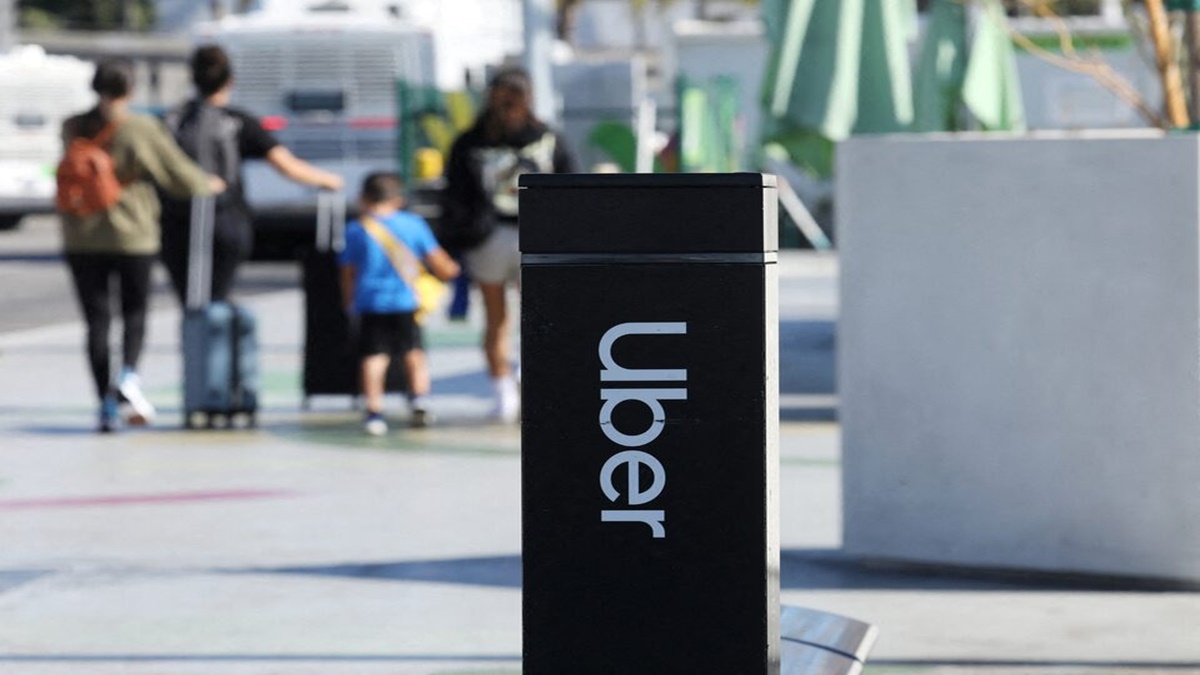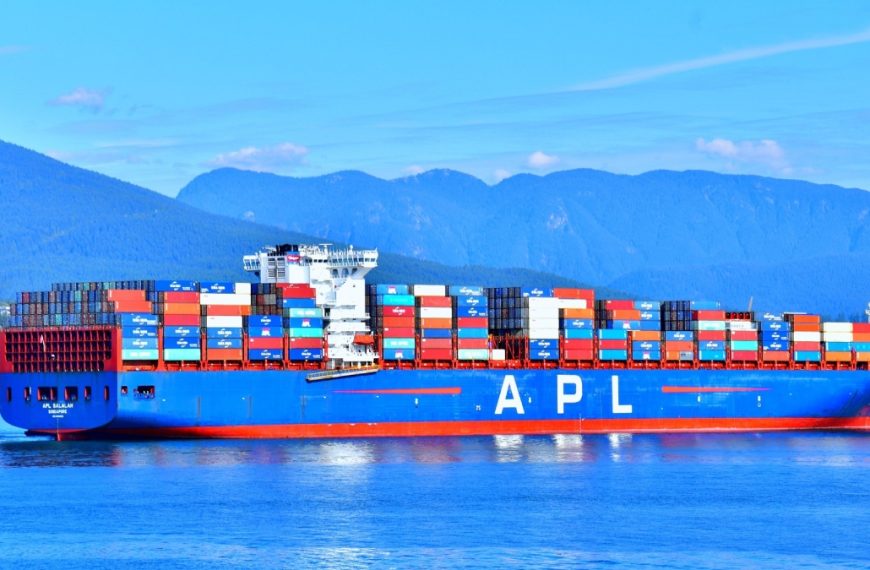Uber has recently taken a significant step in enhancing its same-day delivery offerings by introducing Courier XL, a service tailored to accommodate larger packages using three or four-wheeler vehicles. Previously, the ride-hailing giant focused on two-wheeler deliveries, which limited package sizes. This strategic move marks an important evolution in Uber’s logistics capabilities.
Expanding Delivery Options
With the launch of Courier XL, Uber allows for the shipment of packages weighing up to 750 kg. Here’s how the system works:
- Three-Wheelers: Packages up to 500 kg can be transported using vehicles like the Bajaj Maxima.
- Four-Wheelers: For heavier items weighing between 500-750 kg, vehicles such as the Tata Ace are utilized.
This expanded service still operates under the same-day delivery framework, but it is important to note that all shipments are limited to intra-city delivery.
Competitive Landscape
Initially tested in Bengaluru, Uber has now rolled out Courier XL across major urban areas, including the capital city. This expansion puts the company in direct competition with other logistics providers like Porter, which also leverage three- and four-wheeler vehicles for deliveries.
An industry expert commented, “With the growth of e-commerce, this sector is witnessing tremendous activity. Uber has the potential to explore inter-city logistics soon, given its robust resources.”
Previous Initiatives
Before Courier XL, Uber introduced the Shop pick-up feature, enabling users to purchase items from local shops and have them delivered using their two-wheeler service. Additionally, the company has implemented a software-as-a-service (SaaS) model aimed at auto drivers, providing a zero-commission structure as it faces increased competition from local players such as Rapido and Namma Yatri.
Market Position and Future Prospects
Currently, Uber commands around 50% of the ride-hailing market in India. However, it trails behind competitors in the two and three-wheeler segments, particularly Rapido. Over the last decade, Uber has facilitated 3 billion rides, averaging 800,000 trips daily.
Despite its market lead in the cab segment, the landscape for commission-free ride-hailing services is becoming increasingly competitive. In March, the Indian government unveiled the Sahkar Taxi initiative, which aims to compete with platforms like Uber and Ola, operating on a commission-free basis.
As Namma Yatri continues to expand beyond Bengaluru, the ride-hailing and logistics market in India is poised for significant transformations. With its recent initiatives, Uber seems ready to adapt to the evolving demands of its customers and the competitive environment.











